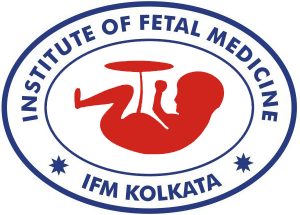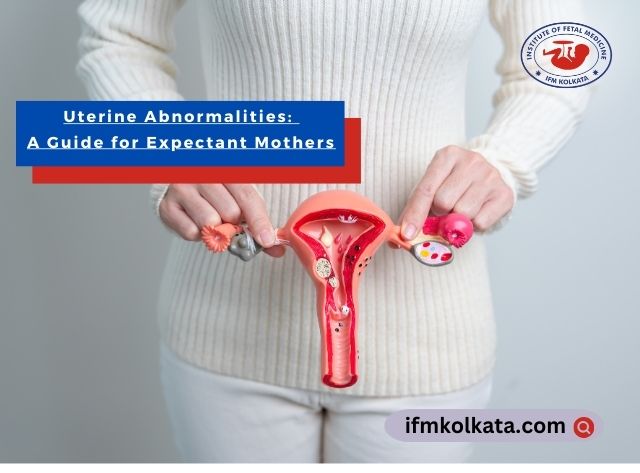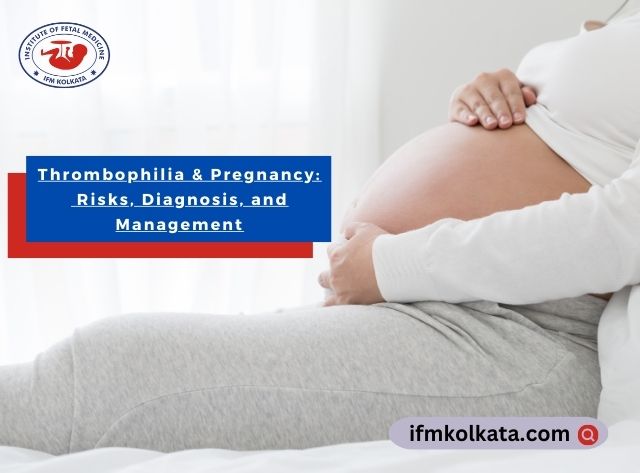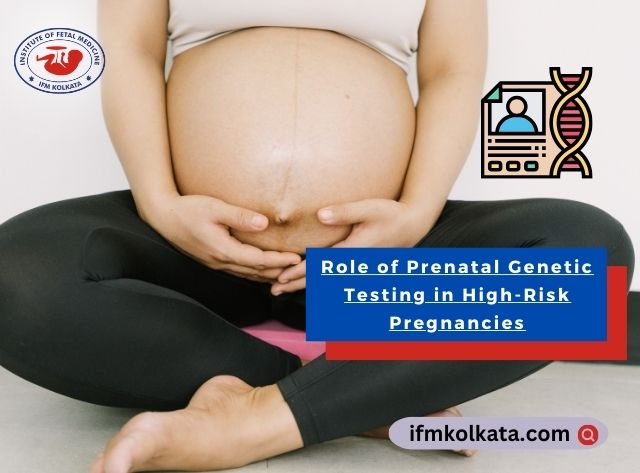Trong bối cảnh thị trường game trực tuyến ngày càng phát triển, blog bắn cá cùng nhà cái Sunwin trở thành một điểm đến quen thuộc, hấp dẫn dành cho những ai đam mê những trò chơi cá cược mang tính chiến thuật cao và giải trí cực kỳ phong phú. Không chỉ đơn thuần là một nền tảng cung cấp game bắn cá, Sunwin còn mang đến cho người chơi nhiều trải nghiệm đích thực qua các bài viết, phân tích và cập nhật liên tục, giúp người chơi nắm bắt được cơ hội thắng lớn, cũng như bảo vệ quyền lợi của chính mình.
Blog bắn cá cùng nhà cái Sunwin đã và đang trở thành một nguồn tham khảo đáng tin cậy, giúp cộng đồng người chơi hiểu rõ hơn về các hành trình chiến thắng và cách tối ưu hóa trải nghiệm chơi game trong môi trường công bằng, an toàn và chuyên nghiệp.
Tổng Quan Về Blog Bắn Cá và Sự Hợp Tác Cùng Nhà Cái Sunwin
Blog bắn cá của Sunwin không chỉ là nơi chia sẻ kiến thức, chiến thuật mà còn là cầu nối giúp người chơi tiếp cận nhanh chóng và hiệu quả với các dòng game bắn cá đa dạng, hiện đại. Thông qua các bài viết chi tiết, sâu sắc, người chơi có thể cập nhật những xu hướng mới nhất, phân tích các game hot, cũng như các chiến thuật giúp tối ưu hóa khả năng chiến thắng của mình.
Sự hợp tác giữa blog bắn cá và nhà cái Sunwin còn là minh chứng rõ nét về cam kết mang đến cho cộng đồng game thủ những dịch vụ uy tín, minh bạch và công bằng. Nhà cái Sunwin luôn duy trì các chính sách rõ ràng nhằm đảm bảo trải nghiệm chơi game của khách hàng luôn tích cực, hạn chế rủi ro và nâng cao thương hiệu qua các nội dung truyền thông cập nhật trên blog.
 Hình minh họa: cổng game sunwin – Tài xỉu Sunwin
Hình minh họa: cổng game sunwin – Tài xỉu Sunwin Lợi Ích Khi Theo Dõi Blog Bắn Cá Liên Kết Với Sunwin
Người chơi khi thường xuyên theo dõi blog bắn cá cùng nhà cái Sunwin sẽ nắm bắt được nhiều lợi ích không thể bỏ qua. Đầu tiên, họ sẽ có cơ hội tiếp cận với các chiến thuật chơi game cá cược đã được phân tích và kiểm chứng, giúp giảm thiểu rủi ro, nâng cao tỷ lệ chiến thắng. Đồng thời, các bài viết còn hướng dẫn chi tiết cách nạp rút tiền nhanh chóng, an toàn, tránh các sai sót phổ biến khi trải nghiệm cá cược trực tuyến.
Thêm nữa, việc thường xuyên cập nhật thông tin khuyến mãi, sự kiện, và giải đấu từ Sunwin giúp người chơi không bỏ lỡ bất kỳ cơ hội thưởng lớn nào. Sự liên kết giữa blog và nhà cái còn tạo ra cộng đồng chơi game thân thiết, nơi mọi người có thể chia sẻ, học hỏi kinh nghiệm và cùng nhau nâng cao trình độ cá cược trong môi trường thân thiện, chuyên nghiệp.
Top Mẹo Chơi Bắn Cá Hiệu Quả Được Chia Sẻ Trên Blog Sunwin
Thành công trong trò chơi bắn cá không chỉ dựa vào may mắn, mà còn phụ thuộc lớn vào chiến thuật, kỹ năng và sự kiên trì từ phía người chơi. Trên blog Sunwin, không ít các bài viết đã chia sẻ những mẹo chơi bắn cá hiệu quả, giúp người mới và cả các game thủ kỳ cựu nâng cao khả năng chiến thắng của mình.
Một trong những mẹo nổi bật chính là cách xác định điểm bắn phù hợp, chọn loại cá phù hợp với khả năng và ngân sách, cũng như giữ tâm lý vững vàng trong suốt quá trình chơi. Bên cạnh đó, việc sử dụng các chức năng nâng cao như tăng tốc, giữ nhắm chính xác cũng là bí quyết để tối đa hóa lợi nhuận. Thực tế, các chiến thuật này dựa trên phân tích thực tiễn, được minh chứng qua các chuyên gia trên blog Sunwin, mang lại hiệu quả rõ rệt qua từng trận đấu.
Đánh Giá Chi Tiết Các Tựa Game Bắn Cá Hot Nhất Tại Sunwin
Không thể phủ nhận, Sunwin sở hữu một kho game bắn cá đa dạng, từ những trò chơi cổ điển kinh điển đến các phiên bản mới lạ sáng tạo, đáp ứng mọi nhu cầu của người chơi. Một số tựa game hot nhất có thể kể đến như Bắn Cá Siêu Phẩm, Làng Cá Chọi, Cá Siêu Lâu và Bắn Cá Thần Hải.
Mỗi tựa game đều mang đặc điểm riêng biệt về đồ họa sắc nét, hiệu ứng âm thanh sống động, cùng cơ chế chơi đa dạng và phần thưởng hấp dẫn. Đặc biệt, những game này đều có tính công bằng, minh bạch nhờ hệ thống kiểm duyệt kỹ lưỡng từ nhà cái Sunwin. Người chơi không chỉ giải trí mà còn có cơ hội tích lũy điểm thưởng, nâng cấp vũ khí và chiến thắng những giải thưởng giá trị trong quá trình trải nghiệm.
Hướng Dẫn Nạp Rút Tiền Nhanh Chóng và An Toàn Tại Sunwin Khi Chơi Bắn Cá
Để đảm bảo an toàn, nhanh chóng trong thao tác nạp rút tiền, Sunwin cung cấp nhiều phương thức phù hợp với sở thích và điều kiện của khách hàng như chuyển khoản ngân hàng, ví điện tử, thẻ cào điện thoại, và các cổng thanh toán trực tuyến phổ biến. Trang web và ứng dụng của Sunwin luôn tích hợp các biện pháp bảo mật cao nhất, giúp giữ an toàn tuyệt đối thông tin và tài khoản người chơi.
Chỉ với vài bước đơn giản, người chơi có thể nạp tiền vào tài khoản để bắt đầu chiến đấu hoặc rút lợi nhuận sau khi thắng cuộc. Hướng dẫn của blog Sunwin còn cung cấp mẹo kiểm tra tình trạng chuyển tiền, thời gian xử lý, cũng như các lưu ý khi thực hiện giao dịch để giảm thiểu rủi ro mất mát tài chính hoặc gặp trục trặc kỹ thuật.
Phân Tích Ưu Điểm Vượt Trội của Nhà Cái Sunwin Trong Lĩnh Vực Bắn Cá
Sunwin không chỉ nổi bật ở các tựa game đa dạng, mà còn ở ưu điểm vượt trội về dịch vụ khách hàng, độ tin cậy và tính minh bạch. Hệ thống chăm sóc khách hàng 24/7, sẵn sàng hỗ trợ mọi vấn đề phát sinh trong quá trình trải nghiệm. Ngoài ra, Sunwin còn xây dựng chính sách thưởng rõ ràng, không ngần ngại chia sẻ các chiến dịch khuyến mãi lớn như tặng điểm, hoàn trả, hoặc thưởng thưởng nhân dịp đặc biệt nhằm giữ chân người chơi trung thành.
Bên cạnh đó, nhà cái Sunwin luôn chú trọng vào công tác đảm bảo công bằng, minh bạch thông qua các hệ thống kiểm tra, xác thực dữ liệu, chống gian lận, giúp cộng đồng game thủ yên tâm tuyệt đối khi tham gia các hoạt động cá cược bắn cá. Chính yếu tố này đã giúp Sunwin trở thành thương hiệu uy tín, thu hút nhiều người chơi từ khắp nơi.
Cập Nhật Liên Tục Các Khuyến Mãi và Sự Kiện Bắn Cá Hấp Dẫn Từ Sunwin
Chương trình khuyến mãi luôn là yếu tố quan trọng thúc đẩy sự tham gia của cộng đồng người chơi. Sunwin liên tục xây dựng các chiến dịch quà tặng, thưởng thưởng ngày lễ, tháng thưởng đặc biệt hoặc giải đấu lớn để tạo động lực cho người chơi tham gia trải nghiệm. Các bài viết trên blog thường xuyên cập nhật danh sách các ưu đãi mới nhất, cũng như hướng dẫn cách tham gia để nhận phần thưởng hấp dẫn.
Không chỉ vậy, các sự kiện bắn cá theo mùa, theo chủ đề cũng giúp các game thủ thêm phần hứng khởi, nâng cao không khí cạnh tranh. Đặc biệt, người chơi còn có thể nhận được nhiều phần quà giá trị như tiền mặt, vật phẩm độc quyền, hoặc các voucher giảm giá để tối ưu trải nghiệm chơi game mọi lúc mọi nơi.
Cảnh Báo và Cách Phòng Tránh Các Rủi Ro Khi Chơi Bắn Cá Online (Liên Quan Đến Sunwin)
Dù game bắn cá mang lại cơ hội thắng lớn, song cũng tiềm ẩn nhiều rủi ro về tài chính và tâm lý nếu người chơi không cẩn trọng. Trên blog Sunwin, các bài viết cảnh báo người chơi về việc không đặt cược quá mức khả năng, tránh bị nghiện, mất kiểm soát trong quá trình trải nghiệm. Đồng thời, khuyến khích người chơi sử dụng các chức năng tự động hoặc giới hạn ngân sách cá cược nhằm giữ vững tâm lý vững vàng.
Ngoài ra, việc lựa chọn nhà cái uy tín như Sunwin là yếu tố then chốt để tránh các rủi ro về lừa đảo, gian lận. Người dùng cần tìm hiểu kỹ về quyền lợi, chính sách và các biện pháp bảo vệ của nhà cái trước khi tham gia. Nhờ đó, họ có thể tận hưởng niềm vui giải trí một cách an toàn, lành mạnh và tích cực hơn.
So Sánh Blog Bắn Cá Sunwin Với Các Nền Tảng Tương Tự Trên Thị Trường
Trong cạnh tranh khốc liệt của thị trường game trực tuyến, blog bắn cá Sunwin nổi bật hơn nhờ sự cập nhật liên tục, phân tích chuyên sâu và tính chuyên nghiệp trong từng bài viết. Các nền tảng khác thường chỉ tập trung vào cung cấp game mà ít chú trọng vào chia sẻ kiến thức, chiến thuật hay cập nhật thông tin khuyến mãi một cách bài bản.
Môi trường cộng đồng của Sunwin còn giúp người chơi cảm thấy gắn kết, thân thiện hơn, trong khi đó các đối thủ cạnh tranh chưa xây dựng được cộng đồng vững mạnh như vậy. Điều này giúp Sunwin không chỉ là nơi chơi game, mà còn trở thành trung tâm chia sẻ kinh nghiệm, nâng cao kỹ năng của toàn thể cộng đồng.
Cộng Đồng Bắn Cá Sunwin: Chia Sẻ Kinh Nghiệm và Kết Nối Người Chơi
Cộng đồng người chơi bắn cá Sunwin ngày càng phát triển, tạo ra không khí thân thiện, sôi nổi đến từ các chia sẻ, thảo luận về chiến thuật, các trận thắng hay thất bại. Các thành viên đều có chung sở thích, đam mê và mong muốn nâng cao kỹ năng, giúp mọi người tiến gần hơn đến những chiến thắng lớn, đồng thời xây dựng những mối quan hệ bền chặt qua các hoạt động offline, online.
Bên cạnh đó, forum, group, fanpage của Sunwin cũng thường xuyên tổ chức các cuộc thi viết, chia sẻ kinh nghiệm, hoặc truyền cảm hứng, góp phần thúc đẩy phong trào chơi bắn cá lành mạnh, bền vững trong cộng đồng. Chính sự kết nối này đã giúp người chơi cảm thấy tự tin, an tâm hơn khi tham gia các trò chơi trên nội dung thời gian dài.
Tổng Kết
blog bắn cá cùng nhà cái Sunwin đã trở thành một phần không thể thiếu của cộng đồng game thủ Việt Nam yêu thích trò chơi cá cược trực tuyến. Với sự phối hợp chặt chẽ, các nội dung đa dạng, chiến thuật hiệu quả cùng hệ thống giải thưởng hấp dẫn, Sunwin mang đến một trải nghiệm chơi game toàn diện, an toàn và đầy cảm hứng. Khách hàng không chỉ đơn thuần tham gia để giải trí, mà còn có cơ hội chiến thắng lớn, tích lũy kinh nghiệm và xây dựng cộng đồng gắn bó vững mạnh. Hy vọng rằng qua bài viết này, bạn đã có thêm những thông tin hữu ích để tự tin bước vào thế giới bắn cá đầy màu sắc và cơ hội thành công rực rỡ từ nhà cái Sunwin.






 Hình minh họa: cổng game sunwin – Tài xỉu Sunwin
Hình minh họa: cổng game sunwin – Tài xỉu Sunwin




